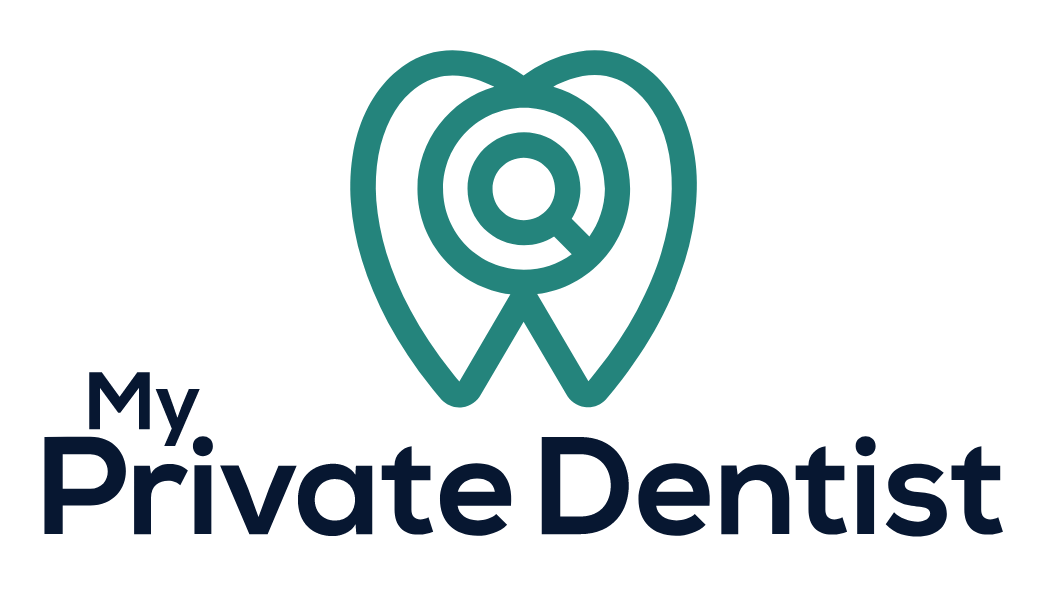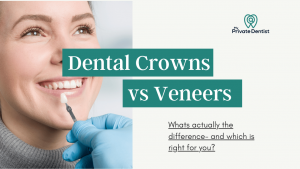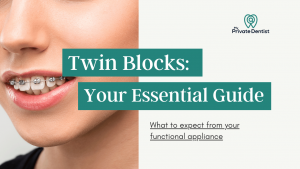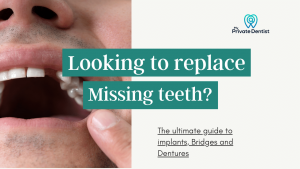How long does Invisalign Take?
You can achieve a straighter, more confident smile with Invisalign – the discreet alternative to traditional braces. But how long does Invisalign take? On average, Invisalign treatment takes 12 to 18 months, with noticeable results appearing after just a few weeks. Of course, each case is unique. It can take 6 months for simple alignment, and up to 24 months or more for complex cases. Your orthodontist will provide a personalised treatment timeline based on the complexity of your case.
Invisalign is a popular and virtually transparent option for those looking to enhance their smile. But is Invisalign the quickest way to straighten your teeth? If you have a special occasion such as a wedding, you may be interested in finding out if you can achieve your desired results in time for the big day.
In this article, we delve into the Invisalign process from start to finish, exploring the reasons for treatment time variations and tips for making your treatment faster.
The Invisalign process: From start to finish
Consultation: Your orthodontist will ask what improvements you would like to make to your smile. They will assess and discuss different types of braces, and confirm whether Invisalign is suitable for you. You will be given an estimated treatment timeline based on the complexity of your case.
Records and photos: Impressions, or digital scan, and photos of your teeth are sent to Invisalign.
Review: A digital model of your teeth will be created and a 3D treatment plan video, also known as ClinCheck, will be presented to you and your orthodontist for approval.
Fit aligners:Your first set of aligners will be fitted 2 to 3 weeks after approval of the ClinCheck. Tooth-coloured attachments may be bonded to some teeth to assist with alignment. Each aligner should be worn for 10-14 days, as instructed by your orthodontist.
Adjustment: Appointments at 6 to 8 week intervals will ensure your teeth are moving as expected and to address any issues. Interproximal reduction (IPR) may also be required to create space for alignment.
Finish: You will typically receive 20-30 aligners, and in some cases additional aligners for final refinement of your teeth. When happy with teeth position, your attachments will be removed and you will be given retainers for long term retention.
Find out how much Invisalign treatment will cost you.
Why does Invisalign treatment time vary so much?
Invisalign treatment is fully customised to each individual, and as a result, treatment time can vary greatly. Simple alignment of teeth can take as little as 6 months, while severe crowding or gaps in teeth can take up to 2 years or longer. The degree of crowding or spacing, the speed of tooth movement, age, and other factors can all impact treatment time.
Your orthodontist will estimate the length of treatment at the consultation stage.
Factors that impact Invisalign treatment time:
- The degree of crowding
- The amount of space between teeth
- Age: actively growing teens tend to have the quickest movement of teeth
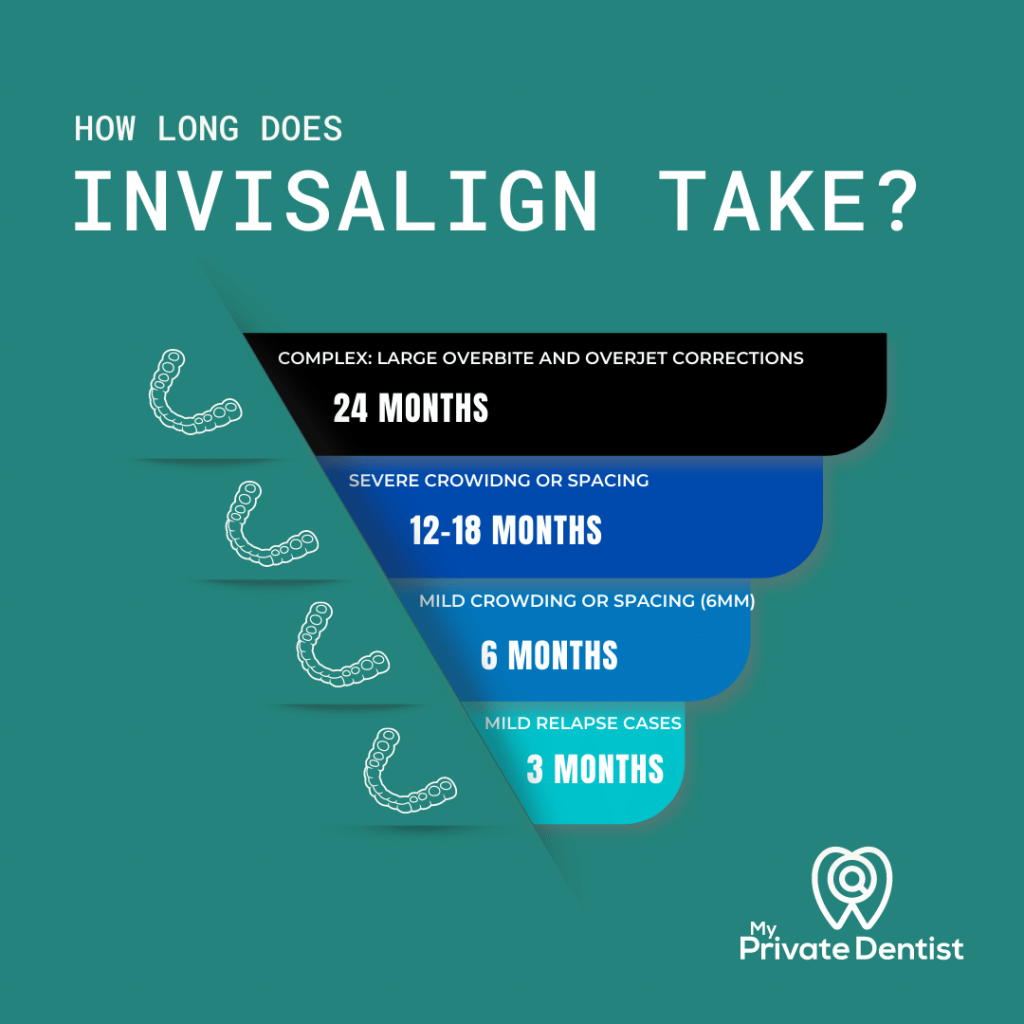
Different Invisalign packages are suitable depending on the degree of correction needed to align your teeth. In general, the more difficult the treatment, the more aligners you will be given, and the longer the treatment will take.
| Invisalign Package | Who is Suitable | Number of Aligners | Treatment Time |
|---|---|---|---|
| Invisalign First | Children aged 6-10 that could benefit from early orthodontic intervention | Varies | Varies |
| Invisalign Express | Very mild alignment needed | Up to 7 aligners | 14 weeks |
| Invisalign Lite | Mild to moderate cases, previous treatment relapse | Up to 14 aligners and 1 refinement | 20-28 weeks |
| Invisalign Comprehensive | Most common Moderate-complex cases | 30+ aligners (no limit) and 1 refinement | 11-18 months |
How long does Invisalign take for crowded teeth?
Invisalign treatment for crowded teeth is approximately 12-15 months.
As a general rule, the more crowded or overlapped your teeth are, the longer Invisalign treatment will take. If your orthodontist advises extracting teeth to relieve some of this crowding, treatment time is likely to be longer to close the spaces.
How long does Invisalign take to close a gap?
Invisalign treatment time to close space depends on the size of gaps. Small spacing up to 6mm between teeth can be closed in 6 months, whereas larger gaps can take longer. If a space is very large, your dentist may recommend fixed braces as an effective alternative.
How long does Invisalign take for an overbite?
Overbite correction can be complex, and take up to 20 months to correct.
Often referred to as an overbite, upper teeth are positioned in a further ahead position compared to the lower teeth. Mild overbites and overjets can be corrected in 6 months. Depending on the degree of overbite (or overjet as your dentist will call it), correction of this may not be suitable for invisalign [1].
How can I make brace treatment faster?
To minimise treatment time with Invisalign:
- Wear your aligners for a minimum of 22 hours a day. Not wearing them for long enough is the main reason that treatment time is delayed.
- Take out your aligners when eating or drinking (excluding cold water). This will prevent breakages which will need replacing and delay treatment.
- Look after your aligners. Store them safely in a box when you’re not wearing them. If your aligners crack, contact the orthodontist straight away so they can arrange a replacement.
- Tell your orthodontist if you lose an attachment. Attachments on your teeth help to move the teeth more quickly.
- Be aware if any teeth are losing ‘tracking’. If the aligners aren’t fitting as they should, contact your dentist.
- Don’t change retainers more frequently than advised. Set a reminder to change your aligners on the correct date, and remember to take them along when you travel.
- Don’t miss your dental appointments as this can delay treatment time.
- Use the ‘My Invisalign’ app to receive reminders to help you stay on track with your aligner treatment. It can notify you when to change aligners, and reminds you of upcoming appointments.
Invisalign vs traditional fixed braces: What takes longer?
Whether you have Invisalign or traditional fixed braces, your treatment time will be roughly the same.
Invisalign appointment times tend to be shorter, and less frequent than for fixed braces, as there are no wires to adjust.
You need to be mindful of what you eat with traditional braces, as hard, sticky and chewy foods can cause breakages. This could delay treatment and means extra dental visits for repair. This problem is avoided in Invisalign cases, as retainers are not worn when eating.
Invisalign may not be suitable in every case, and if your treatment plan is complex, fixed braces may be advisable instead. Find out more about Types of Braces: Helping You Choose the Best Option
What should I do now?
Invest in a smile you’ll love for a lifetime with Invisalign. Schedule a consultation with an orthodontist to learn more about the process and estimate your treatment time.
